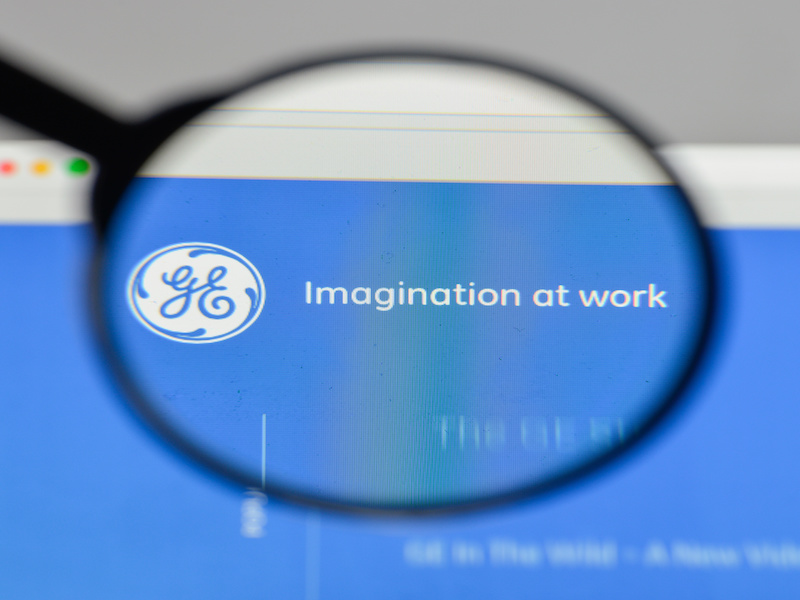
General Electric Co. is freezing its U.S. defined benefit pension plan for about 20,000 employees with salaried benefits, reducing its pension deficit by between US$5 million and US$8 million.
The affected employees will cease accruing additional benefits or make employee contributions after Jan. 1, 2021, but benefits accrued until Dec. 31, 2020 will be unaffected. As of the freeze date, GE will begin contributing three per cent of employees’ eligible salary to the company’s 401(k) plan and will provide matching contributions of 50 per cent going forward, up to eight per cent of eligible salary.
Read: How the CMHC closed its DC pension and returned to a DB plan
The company is also freezing its U.S. supplementary pension benefits for about 700 employees who became executives before 2011, which will take effect on the same date. Benefits accrued up to the final day of 2020 won’t be affected and will remain subject to the plan’s vesting rules. The executives affected will participate in GE’s executive retirement benefit, an installment retirement benefit currently offered to employees who became executives after 2011.
GE said it would fund the pensions through 2022 using part of the US$38 billion it expects to make in asset sales. “Returning GE to a position of strength has required us to make several difficult decisions, and today’s decision to freeze the pension is no exception,” said Kevin Cox, GE’s chief human resources officer, in a press release. “We carefully weighed market trends and our strategic priority to improve our financial position with the impact to our employees. We are committed to helping our employees through this transition.”
Read: U.S. public pension funding levels up slightly as liability growth declines
Any employees who become executives after the freeze date will have access to a new defined contribution plan that restores contributions limited in the 401(k) plan by the U.S. Internal Revenue Code.
In addition, GE is offering about 100,000 eligible former employees who haven’t yet begun their monthly payments under the U.S. DB plan to receive their funds as a lump sum. The company said it doesn’t expect the plan’s funded status to decrease due to the offer. The plan’s funded ratio was 80 per cent at the end of 2018.
GE said it expects the changes will also help cut its net debt by between US$4-6 billion.
Read: Canada’s largest companies could eliminate pension deficits: report
